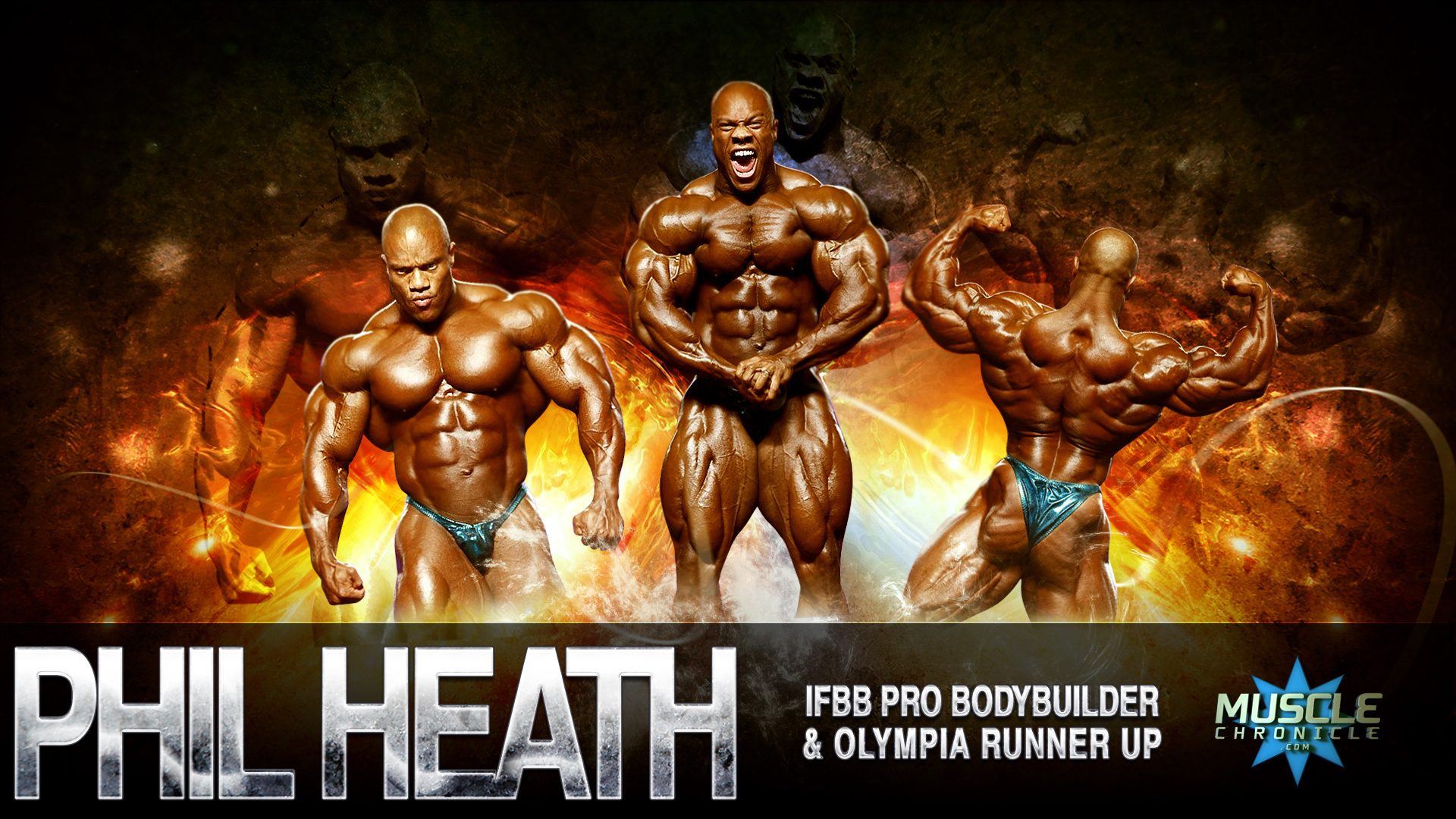How to do bodyweight pull exercises?
In the realm of strength training, bodyweight exercises reign supreme for their versatility, accessibility, and effectiveness. Among these, bodyweight pull exercises stand out as essential movements for building upper body strength, improving posture, and enhancing overall fitness. Whether you're a beginner looking to establish a solid foundation or an experienced athlete seeking new challenges, mastering bodyweight pull exercises can take your training to new heights. In this comprehensive guide, we'll break down the fundamentals of bodyweight pull exercises and provide step-by-step instructions to help you perform them with proper form and technique.
1. Understanding Bodyweight Pull Exercises:
Before we delve into the specifics, let's take a moment to understand what bodyweight pull exercises entail. These exercises target the muscles of the back, biceps, and forearms by utilizing the body's weight as resistance. By performing pulling motions against gravity, you'll strengthen the muscles responsible for retracting the shoulder blades, bending the elbows, and pulling the arms towards the body.
2. Essential Equipment:
While some bodyweight pull exercises require minimal equipment, others may benefit from the use of specific tools. Here's what you'll need to get started: Pull-Up Bar: A sturdy overhead bar that can support your body weight is essential for exercises like pull-ups and chin-ups. Choose a bar that is securely mounted and offers enough clearance for your full range of motion. Suspension Trainer (Optional): Suspension trainers like TRX provide an additional challenge by incorporating instability into bodyweight pull exercises. While not necessary, they can add variety and intensity to your workouts.
3. Proper Form and Technique:
Mastering proper form and technique is crucial for maximizing the effectiveness of bodyweight pull exercises and minimizing the risk of injury. Here's how to perform some of the most common bodyweight pull exercises with correct form:
Pull-Ups: 1. Grip the pull-up bar with your palms facing away from you, slightly wider than shoulder-width apart.
2. Hang from the bar with your arms fully extended and your feet off the ground.
3. Engage your core, squeeze your shoulder blades together, and pull your body upward until your chin clears the bar.
4. Lower yourself back down with control until your arms are fully extended.
5. Repeat for the desired number of repetitions.
Chin-Ups. Grip the pull-up bar with your palms facing towards you, shoulder-width apart or narrower.
2. Hang from the bar with your arms fully extended and your feet off the ground.
3. Engage your core, squeeze your shoulder blades together, and pull your body upward until your chin clears the bar.
4. Lower yourself back down with control until your arms are fully extended.
5. Repeat for the desired number of repetitions.
Inverted Rows (Using a Bar):
1. Set up a bar at waist height and lie underneath it with your legs extended and your body straight.
2. Grab the bar with an overhand grip, slightly wider than shoulder-width apart.
3. Engage your core and pull your chest towards the bar by retracting your shoulder blades.
4. Lower yourself back down with control until your arms are fully extended.
5. Repeat for the desired number of repetitions.
Australian Pull-Ups (Using a Lower Bar):
1. Set up a bar at waist height and lie underneath it with your legs bent and your feet flat on the ground.
2. Grab the bar with an overhand grip, slightly wider than shoulder-width apart.
3. Engage your core and pull your chest towards the bar by retracting your shoulder blades.
4. Lower yourself back down with control until your arms are fully extended.
5. Repeat for the desired number of repetitions.
4. Progressions and Variations:
Once you've mastered the basic bodyweight pull exercises, you can challenge yourself with advanced progressions and variations. Here are some ideas to take your workouts to the next level: Weighted Pull-Ups: Add resistance by wearing a weight vest, holding a dumbbell between your feet, or attaching a weight plate to a dipping belt. One-Arm Pull-Ups: Develop unilateral strength by performing pull-ups with one arm, using a towel or suspension trainer for assistance. Explosive Pull-Ups: Increase power and speed by performing pull-ups explosively, focusing on fast concentric (lifting) and controlled eccentric (lowering) phases. Archer Pull-Ups: Target different muscle groups by performing pull-ups with a wide grip and leaning to one side, alternating sides with each repetition.
5. Incorporating Bodyweight Pull Exercises Into Your Routine:
Now that you have a solid understanding of how to perform bodyweight pull exercises, it's time to incorporate them into your fitness routine. Here are some tips for success: Warm-Up: Begin each workout with a dynamic warm-up to prepare your muscles and joints for exercise. Include movements like arm circles, shoulder rolls, and scapular retractions to activate the muscles of the upper body. Programming: Determine how often you'll incorporate bodyweight pull exercises into your routine based on your goals and fitness level. Aim for at least two to three sessions per week, with adequate rest days in between. Progressive Overload: Continuously challenge yourself by gradually increasing the difficulty of your workouts. This can be achieved by adding repetitions, sets, or resistance over time. Listen to Your Body: Pay attention to how your body responds to training and adjust your workouts accordingly. If you experience pain or discomfort, take a step back and reassess your approach to avoid injury. Recovery: Allow your muscles to recover and repair by prioritizing rest, hydration, and nutrition. Incorporate stretching, foam rolling, and other recovery modalities to promote recovery and prevent overuse injuries.
Conclusion:
Bodyweight pull exercises offer a powerful way to build strength, improve muscle definition, and enhance overall fitness without the need for expensive equipment or gym memberships. By mastering proper form and technique, progressing gradually, and incorporating these exercises into your routine consistently, you'll unlock the full potential of your upper body and achieve your fitness goals with confidence and determination.






.png)



.png)
.png)
.png)
.png)




.png)



0 Comments